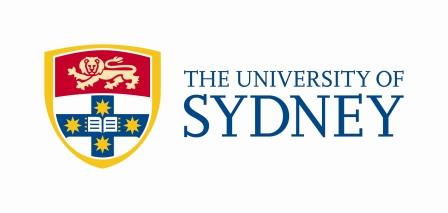New chip technology inspired by student laser projector
University of Sydney electrical and information engineering researchers have developed a new silicon alignment and packaging system that could improve the manufacturing efficiency of biomedical and measurement sensors.
The system was developed using silicon CMOS technologies, and designers, Professor Xiaoke Yi and research honours student Keith Powell believe it will improve the speed and repeatability of packaging.

The pair’s invention provides a new closed loop system to perform the silicon photonic alignment and packaging process autonomously, significantly reducing the time, cost and manpower needed.
It has also increased the efficiency, consistency and scalability for massive packaging of photonic inter circuit (PIC) chips. The primary applications for PICs are in the areas of fibre-optic communication, biomedical and photonic computing.
The new technology can also be used in radar, antenna, optical interconnect, nanophotonic packaging and recently the technology was identified as having potential applications for earthquake monitoring and early detection of landslides.
Professor Joe Dong, head of the Sydney School of Electrical and Information Engineering congratulated the team on their groundbreaking achievement, stating he has no doubt that it will create a profound impact for Australian’s industries.
Associate Professor Xiaoke Yi, Fibre-optics and Photonics Laboratory at the university said, “Photonic alignment has been a major stumbling block in the silicon photonics industry.
“I was impressed by the laser projector my honours student, Keith had developed in his spare time and asked him to try and solve the nanophotonic alignment problem.
“Within weeks Keith had a solution. And in just over a year, Associate Professor Yi and Keith had a working prototype developed and experimental verification completed.”
Keith, who is currently a PhD student in the Faculty of Engineering and Information Technologies, says the unique laser projection technology enables high sensitivity to displacements at the nano-scale and has a large measurement range.
Funding from the Federal Department of Defence through the Capability and Technology Demonstration Program Office (CTDPO) supported the invention and construction of the prototype, which is now under an Australian provisional patent.
*

































Ask A Question
Ask us about your program of interest, or if you have a question about our services.
CONTACT US TODAY